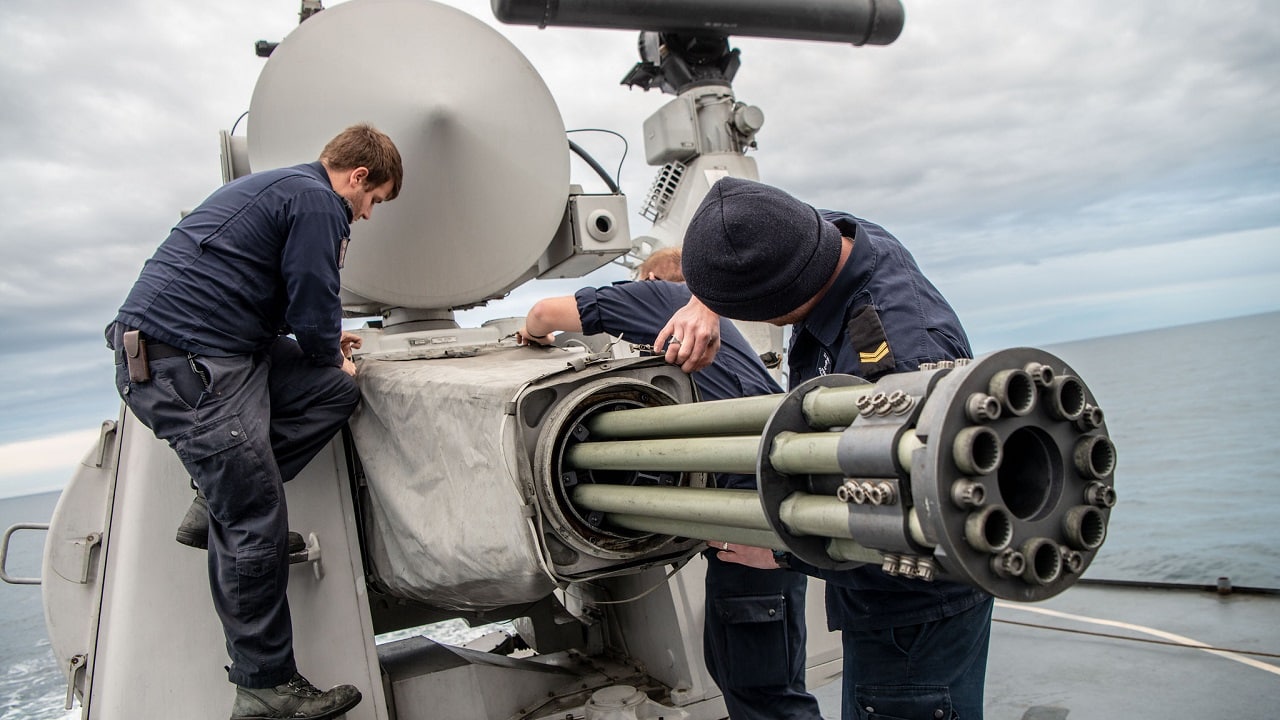The Baltic Sea may be small on the grand scale of the world’s oceans, but it has been highly contested over the ages. Several wars in recent history have been fought for dominium maris baltici (lordship over the Baltic Sea). This week, the maritime region is again a stage for dangerous brinkmanship.
NATO and Russia are both holding naval drills in Baltic Sea waters. Nearly 100 ships, thousands of personnel, and dozens of aircraft will be involved in the combined exercises.
Baltic Sea Key Facts
The Baltic Sea is just 1,601 kilometers (995 miles) in length and has a maximum width of only 193 km. The total surface area is 377,000 square km, while its average depth is just 55 meters (180 feet).
Nine countries border the Baltic Sea, and seven are currently NATO members, including Denmark, Estonia, Finland, Latvia, Lithuania, Poland, and Germany. Another one, Sweden, is seeking membership in the international alliance.
Russia also has coastal territory that borders the Baltic Sea, while the Baltic States (Estonia, Latvia, and Lithuania) were once part of the Soviet Union. Their membership in NATO remains a sore spot for Moscow.
Dueling Naval Drills
On Sunday, NATO members kicked off their annual Baltic drills, which reportedly involve 6,000 personnel, 50 ships, and more than 45 aircraft. Finland is participating for the first time as an alliance member.
The Baltic Sea could be crowded with warships for the event. Moscow announced on Monday that more than 3,500 troops and up to 40 combat ships are now involved in operational drills for the Baltic Fleet, emanating from the Russian exclave of Kaliningrad.
The Baltic Fleet, which was established by Tsar Peter the Great as part of the Imperial Russian Navy in May 1703, is now headquartered in Kaliningrad. It has another base in Kronstadt, St. Petersburg, along the Gulf of Finland.
“In accordance with the Baltic Fleet’s 2023 training plan for military command centers, an operational exercise with the Fleet’s groupings commanded by Baltic Fleet Commander Vice Admiral Vladimir Vorobyov has begun on June 5 in the Baltic Sea and at combat training ranges in the Kaliningrad Region and will last through June 15,” the Russian Ministry of Defense stated, according to a report from state media outlet Tass.
Show of Russian Force
Russia is also holding drills with its Pacific Fleet in the Russian Far East, 6,400 miles away.
“An operational exercise of all-arms forces of the [Pacific] Fleet is being held in the offshore maritime zone from June 5 to 20 under the guidance of Admiral Viktor Liina, the Fleet Commander,” the Russian Ministry of Defense added.
The two drills come as the Kremlin faces major setbacks in Ukraine. Clearly, Moscow is seeking to prove that the Russian Bear still has claws – but there have been a number of close encounters in recent times, and all eyes will be on the Baltic Sea this week.
A misstep by either side could get out of control quite easily, as unfriendly forces stage drills in the same narrow body of water at the same time. What could possibly go wrong?
Author Experience and Expertise
A Senior Editor for 19FortyFive, Peter Suciu is a Michigan-based writer. He has contributed to more than four dozen magazines, newspapers, and websites with over 3,200 published pieces over a twenty-year career in journalism. He regularly writes about military hardware, firearms history, cybersecurity, politics, and international affairs. Peter is also a Contributing Writer for Forbes and Clearance Jobs. You can follow him on Twitter: @PeterSuciu.
From 19FortyFive
Ukraine Footage Shows U.S. M982 ‘Excalibur’ Cut Through Russian Artillery
How To Sink A $3 Billion Dollar Submarine: Leave A Hatch Open
Smashed To Pieces: Video Shows Ukraine Hitting Russian Air Defenses

